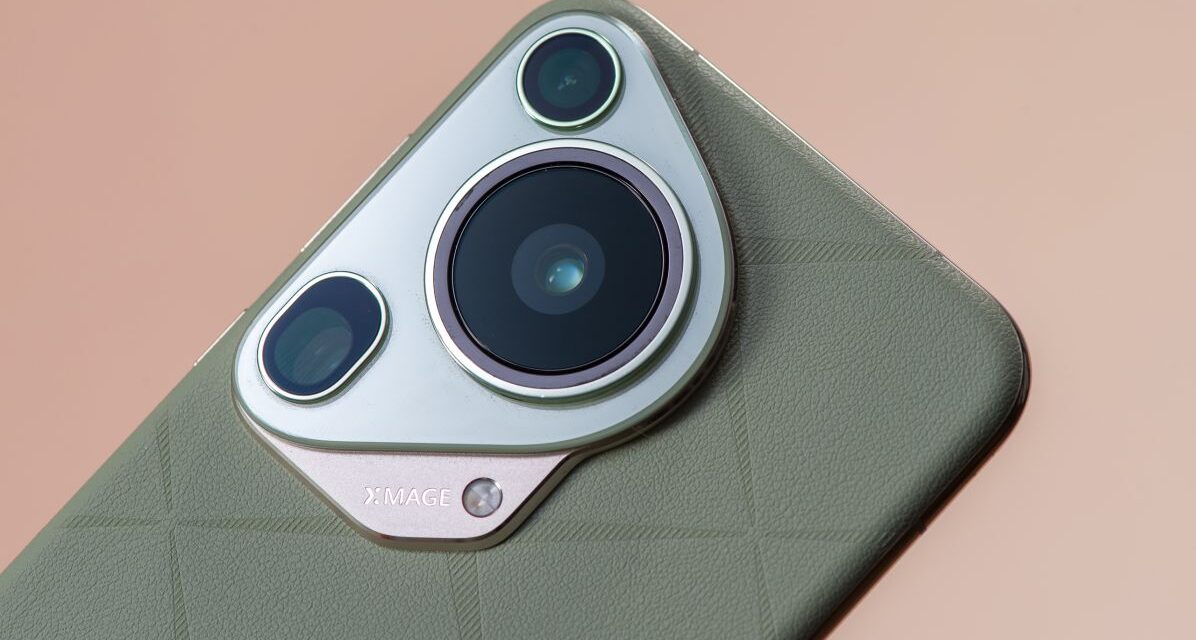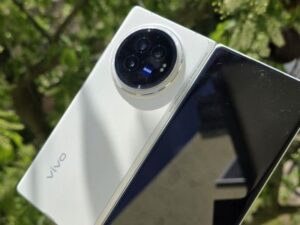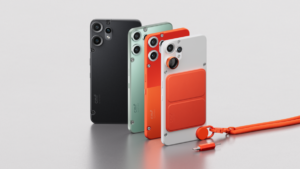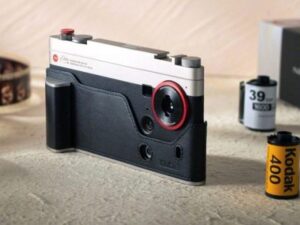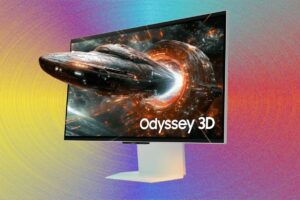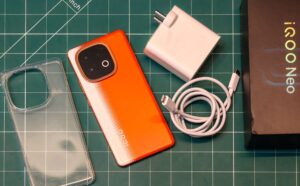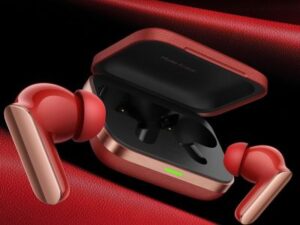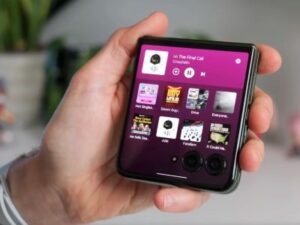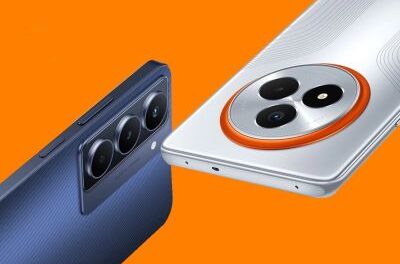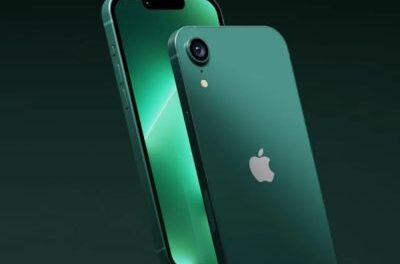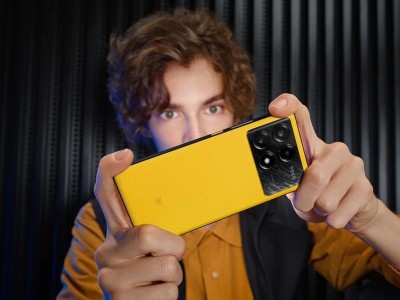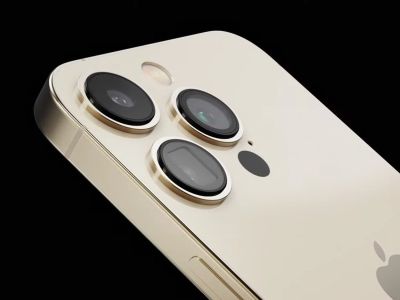Today, even mid-priced smartphones take good photos. And top models surprise with the abundance of opportunities and the depth of mobile shooting. Let’s study one of the coolest flagships of 2024 – HUAWEI Pura 70 Ultra.
Everyone is filming!
Smartphone manufacturers primarily focus on the mass user. And he doesn’t like to strain — he shoots without even poking at the screen to focus: point, click, done. This is where the annoying pursuit of the “Masterpiece” button with neural networks and automation comes from.
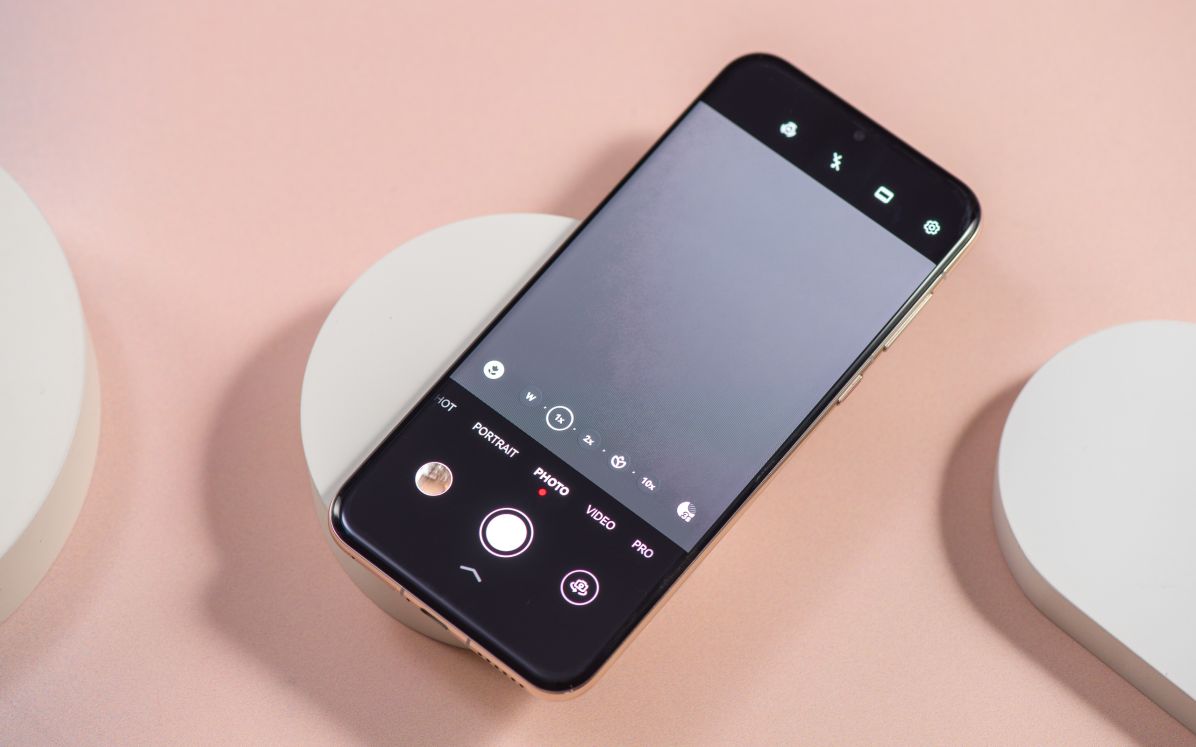
HUAWEI Pura 70 Ultra can be called one of the best camera phones: it has a luxurious set of cameras, non-standard sensors, and a custom SoC with a specific signal processor that ensures high-quality matrix performance. In general, this is a well-developed product, in which a lot of effort was invested to teach it to shoot no worse than other smartphones, even if they were twice as expensive.
HUAWEI Pura 70 Utra seems to be moving
The main feature of the HUAWEI Pura 70 Ultra is the main camera with a pop-up lens. This complex thing was made not for beauty, but for pragmatic reasons. After all, the larger the matrix, the larger the lens should be and the farther it should be located from the light-sensitive element so that the circle of a sharp image projected by it on the sensor has minimal distortion and maximum detail.
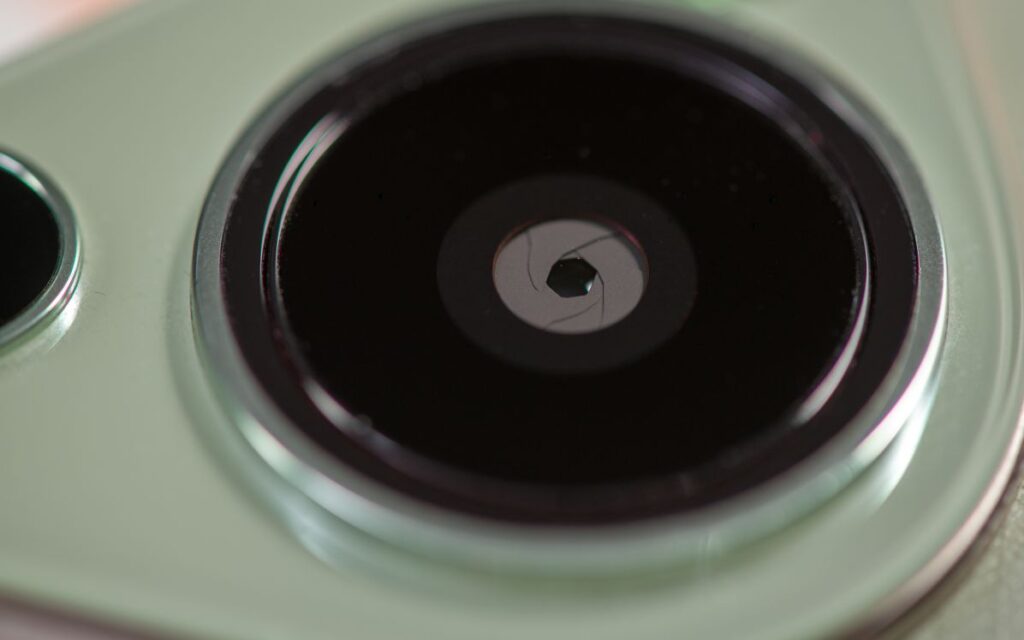
Someone solves this problem with a banal crop: they install an inch sensor but use only 3/4 of its area. Someone is making a three-story sandwich: they are making a hump on an already thick phone, where they mold a puck with lenses. HUAWEI has found a compromise solution: the lens is moved away from the sensor during the camera application and hidden in the body of the smartphone when it is not needed. The mechanism itself is reliable, protected from water (IP68, not even afraid of diving!), does not fog up, and the smartphone does not look like a Tibetan pagoda with a multi-story roof.
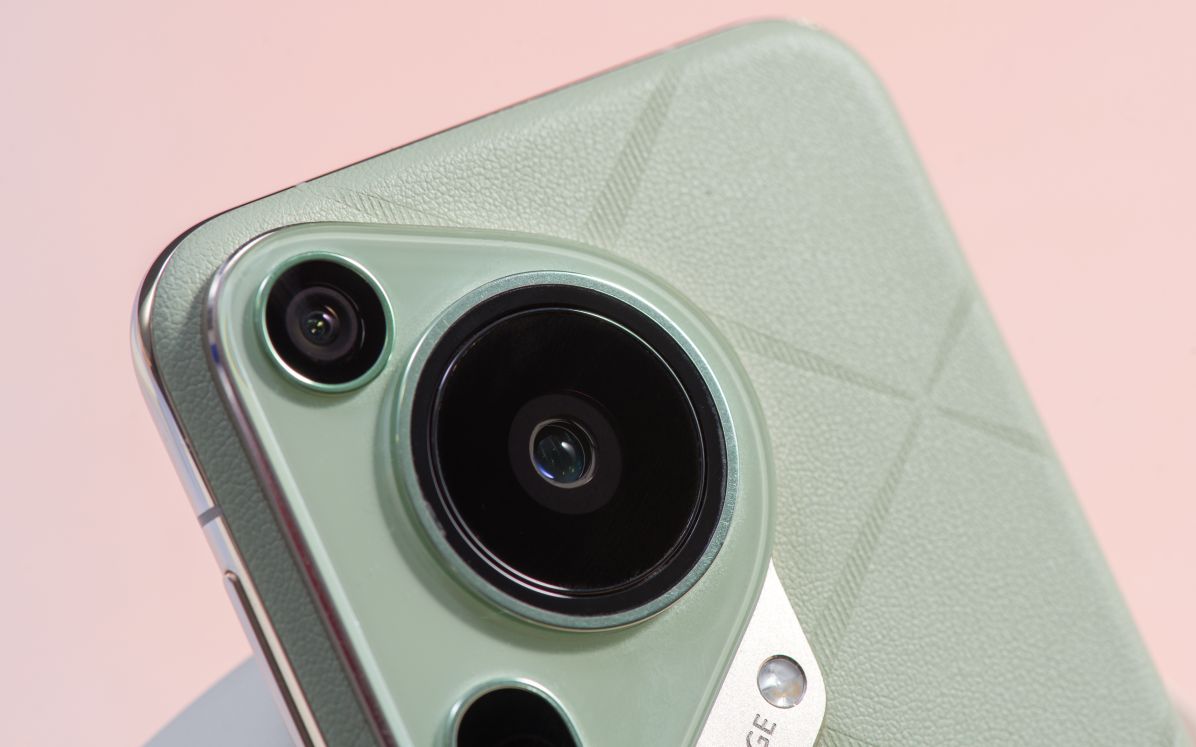
The magic doesn’t end there. In addition to the movable lens, there is also an adjustable aperture inside, and not jumping, as it was on old smartphones, but smoothly adjusting the aperture from f/1.6 to f/4. Why is HUAWEI Pura 70 Ultra needed in a mobile phone? Previously, fast optics with a fixed aperture were installed in phones due to the tiny size of the sensors – there was always not enough light.
Now, the photosensitive element is larger than half of the point-and-shoot cameras on the market, and on a clear day, there is too much light, which reduces the dynamic range of the sensor. HUAWEI Pura 70 Ultra is impossible to reduce the shutter speed indefinitely, so the classic method of adjusting the light flux is used for photographic equipment.
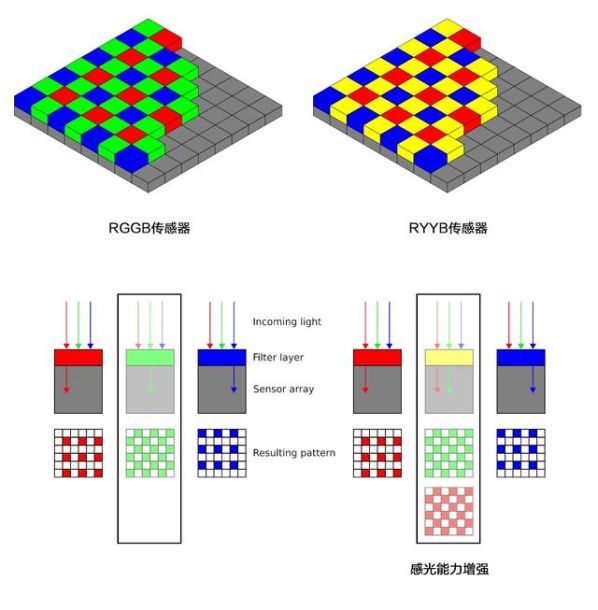
Finally, the sensor itself uses a unique sub-pixel pattern: instead of the classic division into red, blue and green spectrums, the HUAWEI Pura 70 Ultra matrix has an extended sensitivity range – green color filters are replaced with yellow ones, which made it possible to increase the amount of incoming light and reduce noise. Here the manufacturer can only be praised: despite all the complexity of the main camera, the shots are obtained with a very pleasant color core.
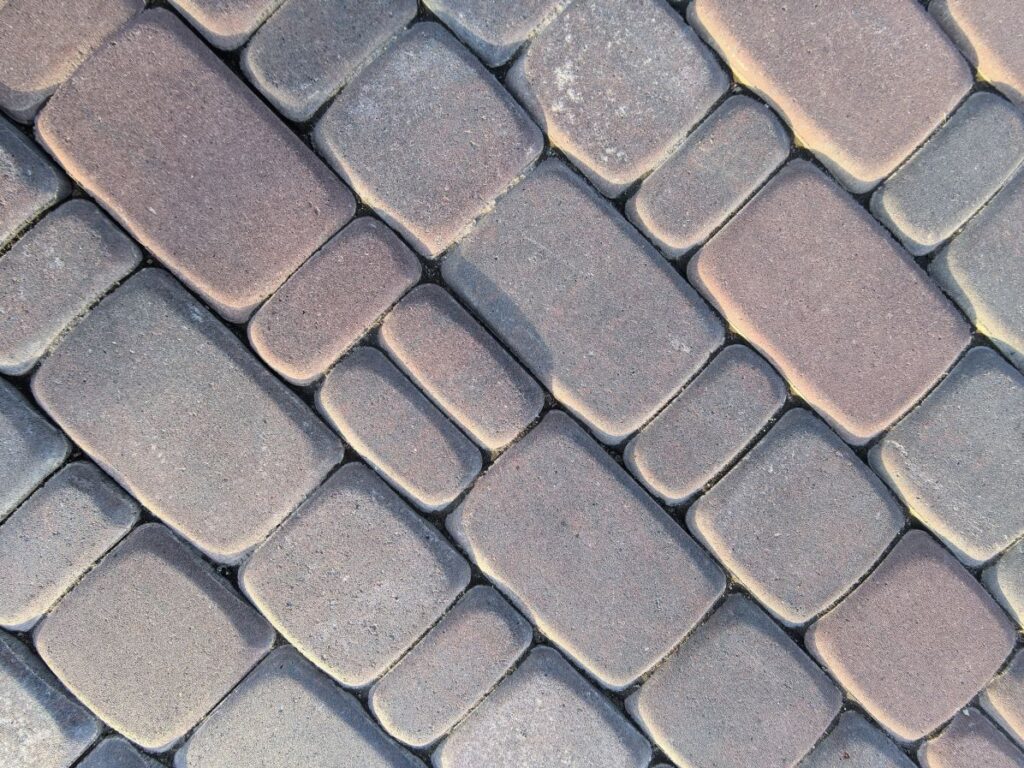
Many smartphones add excessive saturation to such photos and lose the microtexture of the stone. Huawei is OK
Seize the moment!
That very “Masterpiece” button became possible thanks to the processing power of hardware. The system does not just take a shot, but at the same time analyzes everything that gets into it, selects the focus point, exposure, shooting parameters, uses data from the laser rangefinder and gyroscopes, and stabilizes the picture. And at the moment of pressing the shutter, it saves the frame and retrieves information to recreate the details. It is thanks to this system of continuous recording of the data stream that both instant focusing and “freezing time”, which bloggers praised, work.
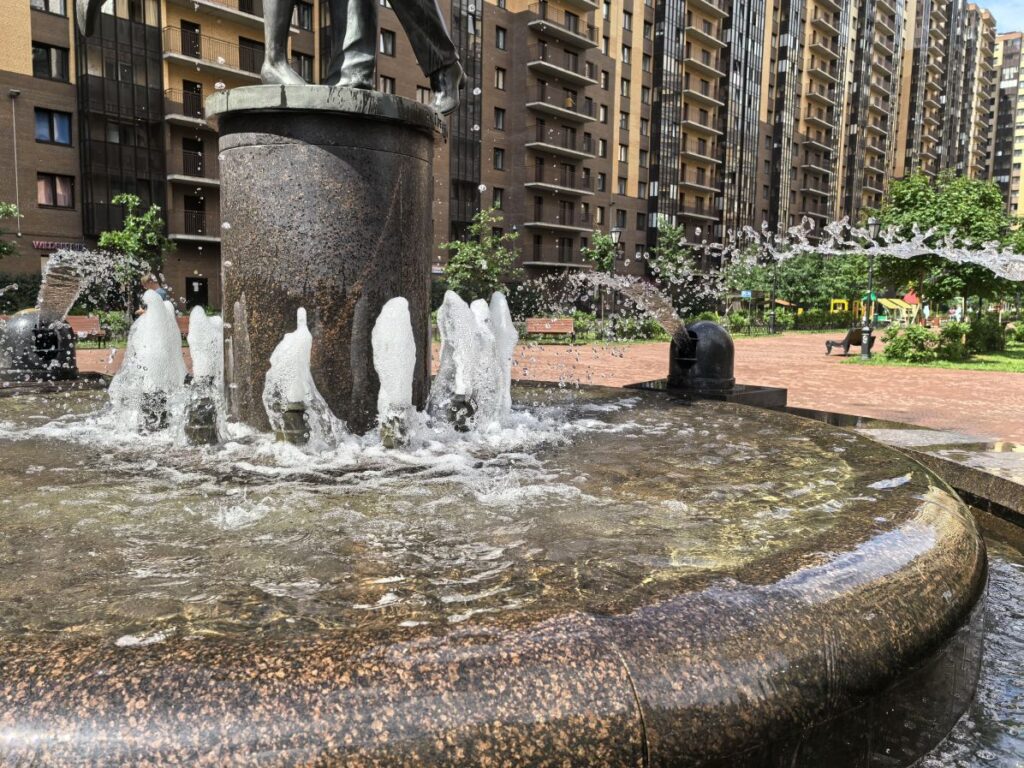
“Time freeze” is achieved by constantly capturing frames in full resolution and saving the latter when the user presses the shutter button
Catching the action on the HUAWEI P70 Ultra couldn’t be easier. This is the case when neurons and algorithms of computational photography really do not raise questions: it is almost impossible to miss a frame for technical reasons with such a system. The main thing is to notice an interesting scene in time and have time to take your smartphone out of your pocket. And then it’s up to the photographer, not the camera.
Macro is fashionable
Zoom-in photos are one of the trends on social media. The world looks unusual and fresh at such an increase, and here HUAWEI Pura 70 Ultra is not far behind. Two modules at once were able to focus almost right next to the lens: a wide-angle (used for shooting macro in ×0.7, ×1 and ×2) modes and a telephoto lens (×3 and ×10). The photos are different. Flowers, spikelet, and pebbles are best shot with zoom — it has less distortion of the object’s shape and sharpness.
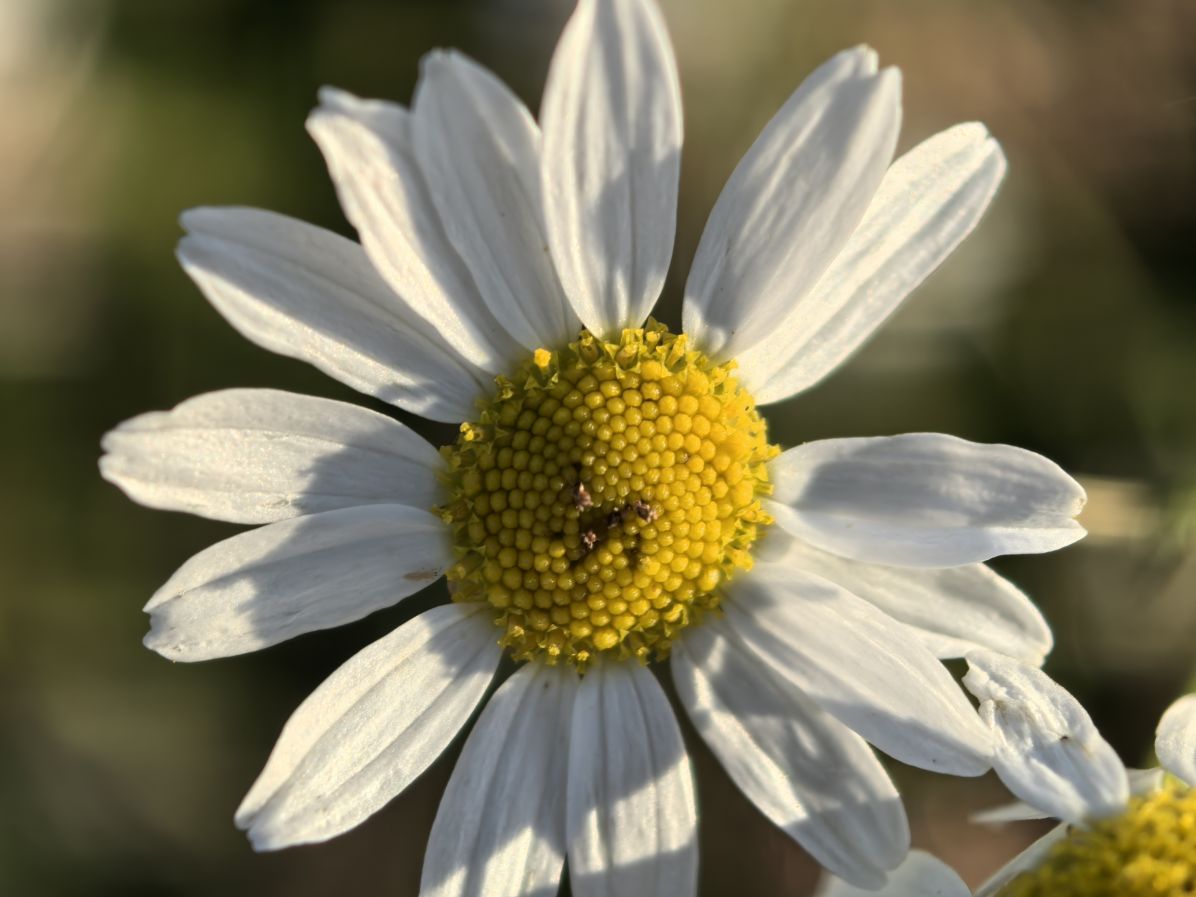
The main problem with this kind of shots is the wind, which prevents you from focusing on the object
By the way, macro mode is often used to troubleshoot boards: decent approximation, high image resolution and ease of operation sometimes turn out to be better than fiddling with a microscope.
The zoom you want to use
When multi-camera installations in smartphones were just appearing, the second module got the role of a portrait camera: a double zoom made it possible to shoot people with the usual angle of view, direct perspective and better separate the main subject in the frame from the background. There was only one difficulty: the longer the focal length, the longer the lens is needed, all other things being equal. Or install a tiny matrix, sacrificing the amount of light and the quality of the picture.
Due to the high cost of a high-quality setup, zoom quickly became the lot of the premium segment and large smartphones, and in budget devices, its place was taken by a super-wide-angle module. After all, it was cheaper to produce and more understandable to the general public – it came in handy in a variety of situations, from boasting about the scale of vegetable gardens to photographing foreign landscapes while traveling.
With the advent of periscope lenses, telephoto lenses quickly began the race for lunar craters: now you can embed not a two-fold, but a five- or even seven-fold zoom into a smartphone! The HUAWEI Pura 70 Ultra has a compromise option of a large 50 MP sensor with an f/2.1 aperture and a periscope lens with 90 mm EFR (3.5x zoom). The lens is equipped with a macroblock, phase autofocus (from 5 cm to infinity) and optical stabilization to compensate for shake when shooting. A 10x approximation is achieved by using the central part of the sensor and neural network algorithms that clean up the image.

At first glance, it may seem that the quality is average…
Competitors have setups with a fivex zoom or a pair of telephoto lenses at once, but this is a very strange choice. 120 mm EPF is too “narrow” for everyday subjects, and in addition, it requires a large distance between the photographer and the person when shooting portraits. The multi-camera option also inflates the budget to obscene values. Triple zoom is optimal for everyday shooting. It allows you to “isolate” the central object in the frame in cases where it is impossible to get closer to it without changing the angle, while remaining comfortable in terms of viewing angle and allowing you to use large matrices.
The main problem with all periscope systems is the strange shape of glare in backlight due to specific lenses and chromatic aberrations. Someone corrects them in software, reducing the effect of asymmetrical glare, somewhere they tried to equip the system with compensating elements with coating to reduce internal reflections in the optics, and one Japanese manufacturer completely ignored the problem, leaving the user with clumsy photos one-on-one.
HUAWEI equipment also does not like bright light sources directed at the lens, whether it is reflections of the sun or light from car headlights. However, if you keep the optics clean, the problem is practically not bothered until you turn on the tenfold zoom. In it, neurons stretch the glare to an unsightly size, but there is nothing you can do about it – physics.
Taking control of AI
The average user often doesn’t care about exposure, shutter speed, and other photographic terms. He wants the shot on social networks to be juicy, bright, convey the mood and make others envy the quality of shooting and leisure time spent. That is why the built-in neurons are trained to pull out details in the shadows, increase micro-contrast, twist colors so that everyone can see who lives a better life here. In some cases, such treatment is only beneficial.

Removing a dog that does not want to sit quietly in the backlight is still a task, but the automation copes with it well. Autofocus grips the animal’s eyes tenaciously, optical stabilization compensates for attempts to catch a favorable angle and the constant movement of the smartphone, and the constant frame recording system collects light and details in advance so that the final frame is clear, without blurry places and with detailed shadows.
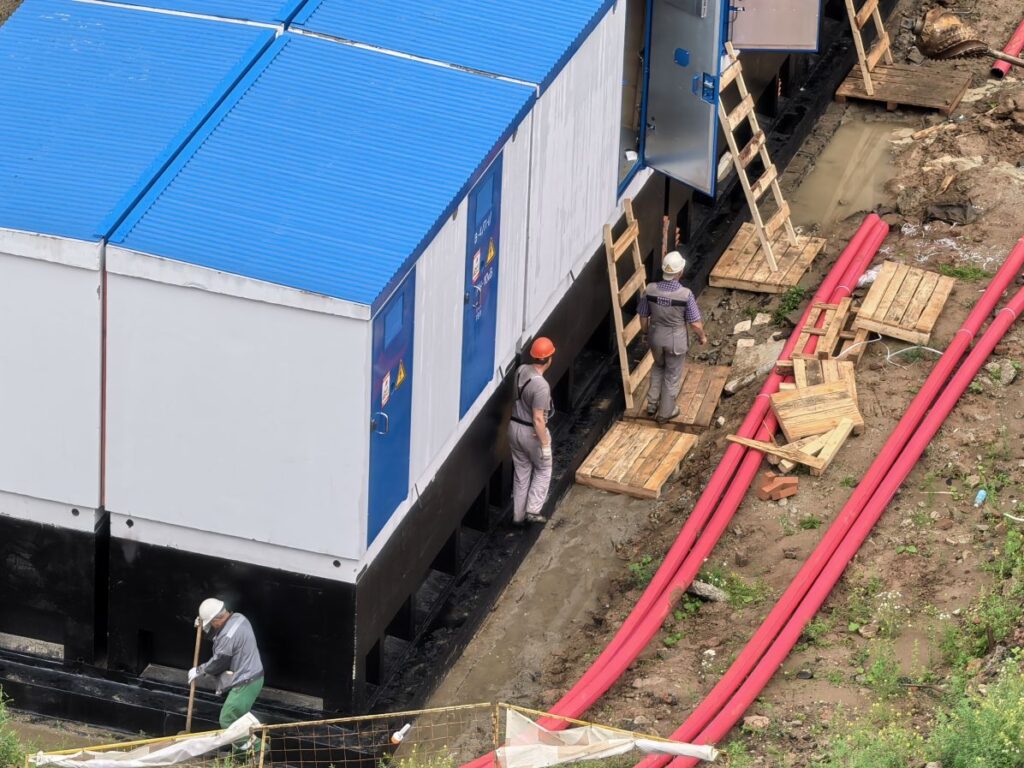
As you’ve already noticed, AI footage becomes sharper and more detailed as you zoom in
At the same time, in some cases, neural networks go too far, turning the food on the plate into a New Year’s garland: everything is bright, glowing and looks unconvincing. No problem, there is a professional mode for such cases! The shots shot in it are free of AI magic: even a tenfold zoom gets a simple upscale of details without trying to add textures and smooth out noise. The same plate with food turns out pale and inexpressive, but it is easy to fix it in the built-in editor: slightly increase the contrast, add brightness — and a completely different look.
Having an honest PRO mode is a great alternative for those who understand mobile shooting and want to have full control over the process. Here, the HUAWEI Pura 70 Ultra is among the best. The interface is made with an understanding of the main scenarios for using the PRO mode – you edit one setting, the rest are adjusted automatically. If you correct the second one, the remaining ones are made so that the exposure remains normal. If you want an underlit noisy shot, you can manually adjust at least every parameter.
They did not forget about one of the key features of the device – on the main lens you can manually control the aperture. The difference in the strength of background blur is noticeable, so the choice of aperture allows you to achieve the desired artistic effect.
Anyone can do it
The HUAWEI Pura 70 Ultra can be called one of the best camera phones with a clear conscience. Among its advantages, it is worth highlighting a good set of optics, the synergy of software and hardware, an advanced system for obtaining sharp shots of moving objects, and most importantly – pleasant color reproduction. Yes, AI sometimes goes too far with contrast, but competitors add acid colors and loss of detail in the frame.
Pura 70 Ultra is suitable for both those who like to shoot everything in automatic mode, and fans of thoughtful shooting and verified compositions. That is, here is the ability to turn off the brain to just tap on the shutter button, and full control over the camera – in terms of mobile photography, the device turned out to be really versatile.

